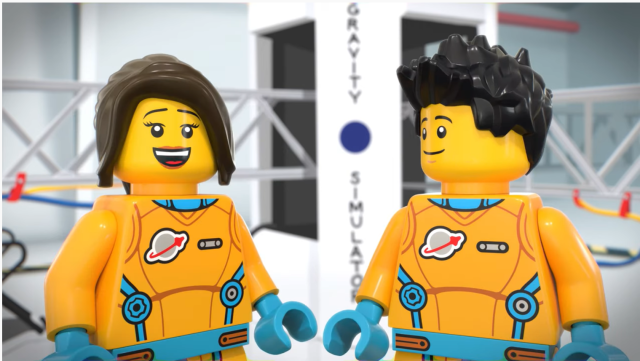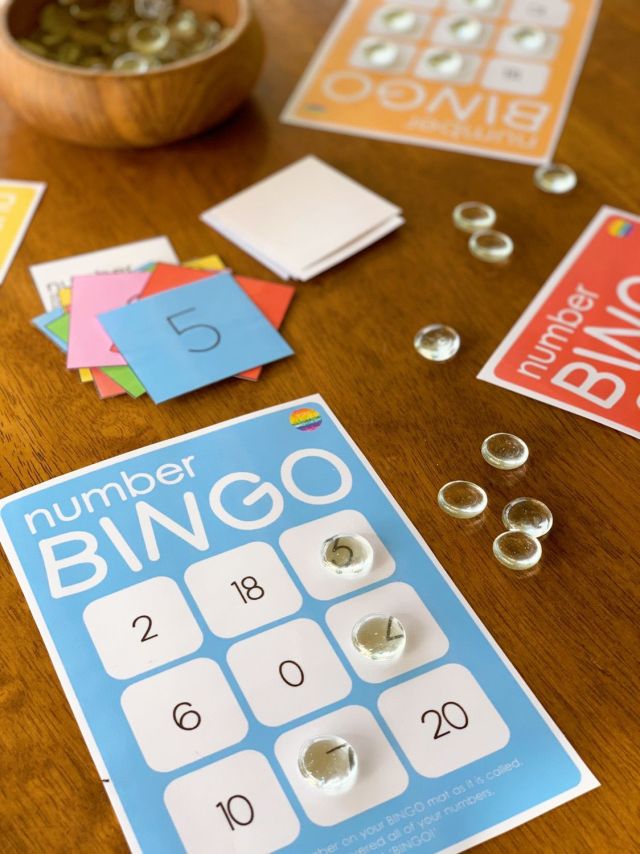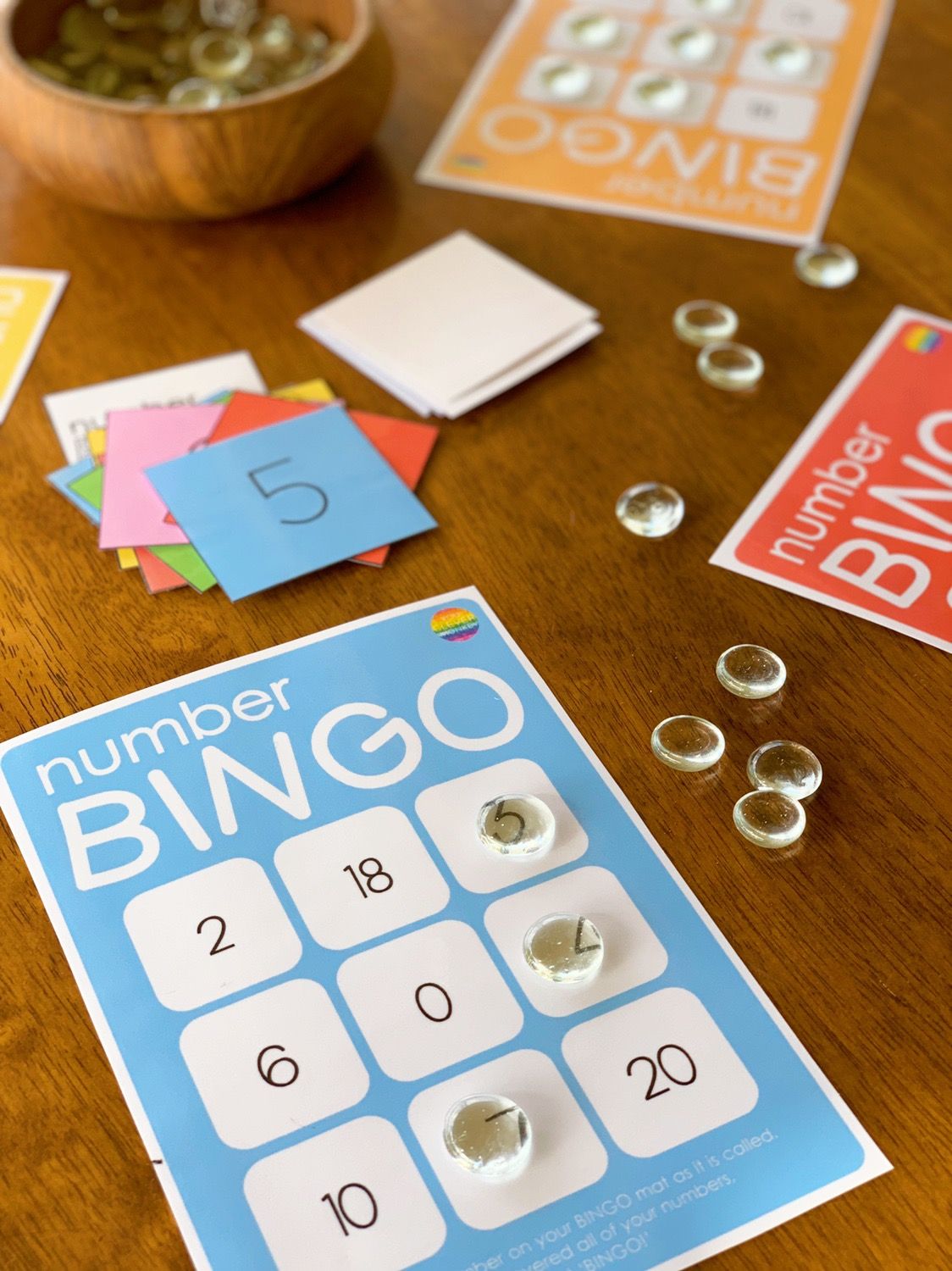This post originally appeared on Seng Nickerson’s blog, Sengerson.com
One of the hardest things for busy parents is putting together healthy and convenient options for dinner and snacks that adults and kids would actually want to eat AFTER the sugar-filled holidays. Some resolutions are way too ambitious and others fail because families get way too busy.
However, the start of a new year is the best time to reboot a health routine. While making kids eat broccoli and Brussels sprouts doesn’t normally get them excited about healthy eating, there are a few ways that you can motivate kids to start and continue maintaining these simple habits over time (and throughout their life). And for adults, let’s be honest, convenience is the number one reason why some health routines fail.
Planning Menus As a Family. One of my friends actually told me that their six-year-old is in charge of their menu for one night of the week. Crazy right? She told me that on Wednesdays, their five-year-old is given the parameters of their meal planning: it has to be healthy, they are in charge of making sure all ingredients are available, and planning side dishes (canned obviously). This is crazy, yet genius!
Colorful Game Plates. My mother-in-law got these fun game plates for our Sunday dinners one year, and it has become a favorite with the kids. You can hide the dessert at the end of the game plate until they finish their meal. I often add delicious Jif® Power Ups™ as their reward for finishing up their dinner at meal time! It’s a great way to mix up what your kids eat and encourages them to eat what’s being served for dinner and eventually reward them with a healthy snack option at the end. It makes dinner time pleasant and avoids the “how many more bites do I have to eat?!”
Keep Them Learning While Cooking. With such a busy schedule with four littles, I try to combine things when I can. This includes reinforcing school mathematics with dinnertime. I love having them count out ingredients, add ingredients and talk through the number of ingredients I would need if I had to double the recipe.
Healthy and Filling Snacks. When you are hungry (like me during the end of a long work day), it can be super difficult to avoid temptations such as cookies, muffins from the office cafeteria, or that chocolate bowl in the middle of the aisle. Nuts, seeds, beans and Jif® Power Ups™ are great snacking staples that provide flavorful and versatile options when you are trying to stick to your New Year’s resolutions while trying to stay energized after work or school. Having sensible swaps using Jif® Power Ups™ will keep you, and the kids, satiated!
These are just a few ideas that most families can manage to include in their weekly routines. These small changes can make a big difference in setting the entire family on a healthier and more energized path for the new year.
The best part about these tips is that you are doing it together as a family – built-in accountability partners.
This post was sponsored by Jif® Power Ups™. All thoughts and opinions are my own.
Seng is a modern, working mom sharing her love for her family, home renovations, product reviews, home management/organizational tips, fun DIY craft projects, and digital scrapbooking. By sharing her life experiences through her blog, she is able to inspire others to also balance parenthood, goal setting in their careers, and pursuing their hobbies. Read more about Seng on her blog, Sengerson.com.

















